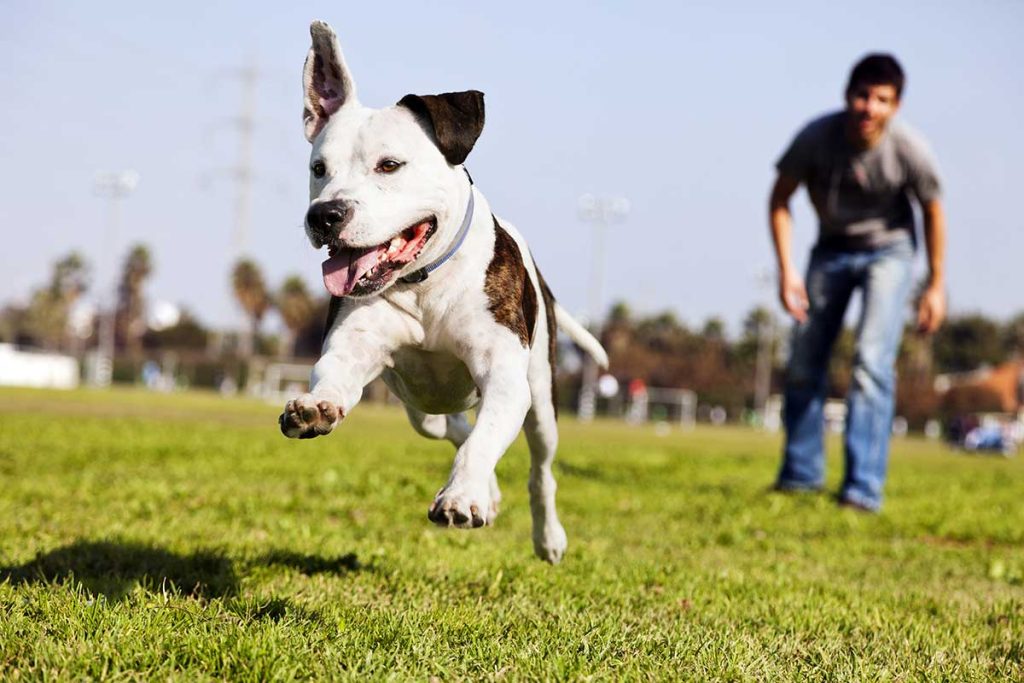Dog Allergies
Like people, dogs also suffer from allergies!
Allergic skin conditions in pets are characterise by skin problems
- Itching and scratching,
- licking paws
- Ear infections
- skin infections
Allergies fall into three main categories:
- Flea allergy dermatitis
- Atopy ~85% of cases (often seasonal , inhaled allergens such as pollens, grasses, dust mites, moulds)
- Food allergy (Non-seasonal)
- Contact Allergies
- Not unusually many dogs can be affected by one or more allergy type.

What are the symptoms of Allergies in dogs?
Symptoms usually start between 6 months and 3 years and may be life-long.
Itchiness the main symptom and may affect feet, face (around eyes, ears, muzzle) or ventral body (armpits, belly , groin, bottom) Dogs may lick or chew their feet, rub their face, scratch their ears and shake their heads.
How do we treat them?
Usually a lifelong management plan is required once initial flare ups are settled.
- Treat for Fleas – After checking for fleas and mites your vet will often highly recommend a regular long acting flea treatment as not only is flea allergy, fleas are a common trigger for atopy.
- Treat Skin infection – Any often secondary skin infections with bacteria and yeast will be identified and treated with the appropriate topical and systemic medications such as antibiotics and medicated shampoos
- Identify any Food Allergies – Elimination diet trial
A common allergy that often develops over time, even if the dog is on the same diet its entire life. Enter the elimination diet trial. A novel protein and carbohydrate food will be implemented for a minimum of 8 weeks. Commercial diets are available such as Hills z/d ultra and Royal Canin Hypoallergenic.
How to stop the itch-scratch?
Our vets favourite medications that have few side effects are very effective as well as being easy to administer!
- #1 “Cytopoint” – a simple injection given every 4-8 weeks is a mainstay of atopy allergy management along with an oral version “Apoquel”
- #2 Corticosteroids – available as oral medications as well as topical sprays and creams, are very effective and often low cost but do come with potential side effects.
Others supportive treatments
- Oatmeal and medicated shampoos/conditioners.
- Avoidance and removing the source of the allergy from the environment as much as possible.
- Antihistamines and essential fatty acids
Dermatology Referral – Veterinary dermatology specialist can perform skin testing to identify your dogs particular allergens and then perform Hyposensitization using a series of injections to gradually accustom your pet’s system to the allergen(s) causing the problem. Although its effectiveness varies, it provides at least some relief for around 75% of pets with atopy.





